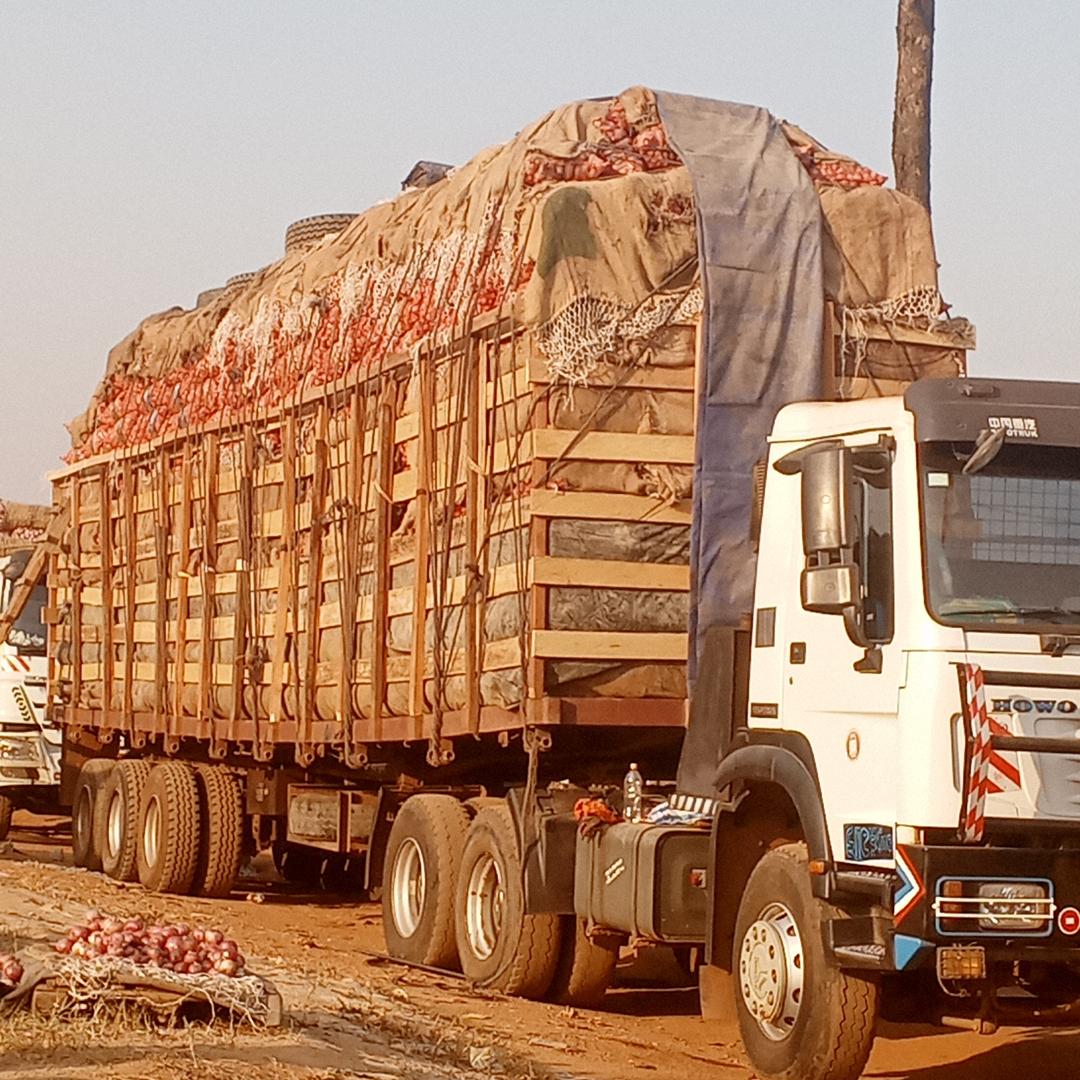Cameroon’s Green Gold: Exploring the Richness of its Agricultural Sector
Known as “Africa in miniature” for its diverse geography and climate, Cameroon boasts a fertile agricultural landscape that is the bedrock of its economy. The country’s agricultural sector is not only a primary source of livelihood for a majority of its population but also a key driver of national development and a major contributor to export earnings. From cash crops that fuel international trade to staple foods that ensure national food security, Cameroon’s farms are a testament to its natural wealth. 🌿
The Giants of the Sector: Major Export Crops
Cameroon’s climate and soil conditions are ideal for cultivating a wide variety of cash crops that are highly sought after on the global market.
Cocoa: As one of the country’s most important export commodities, cocoa is primarily grown in the Centre, South, and Littoral regions. It is a cornerstone of the rural economy, supporting thousands of farmers and contributing significantly to the nation’s GDP. Cameroonian cocoa beans are known for their distinct aroma and quality.
Cashew Nuts: While less traditional than cocoa, the cashew industry is a rapidly growing sector. The country’s favorable climate is perfect for growing high-quality cashews, and the industry is creating new opportunities for processing and export, especially in the northern regions.
Palm Oil: The production of palm oil is a vital part of Cameroon’s agricultural identity. Used extensively in both local cuisine and industrial processes, it is a crucial product for the domestic market and an important export item.
Other Key Agricultural Products
Beyond its primary exports, Cameroon’s agricultural diversity is truly remarkable.
Timber: Cameroon’s vast forest reserves make timber a significant resource. The logging industry is a major economic activity, with a growing focus on sustainable and responsible forestry to preserve the country’s rich biodiversity.
Cotton: Predominantly cultivated in the northern parts of the country, cotton is a key industrial crop. It supports a robust local textile industry and is a crucial source of income for many farming communities in the region.
Other Products: The country is also a major producer and exporter of other crops, including coffee, rubber, and bananas. Furthermore, staple food crops like cassava, maize, plantains, yams, and various vegetables are grown in abundance, ensuring food security for the population and supporting local markets.
